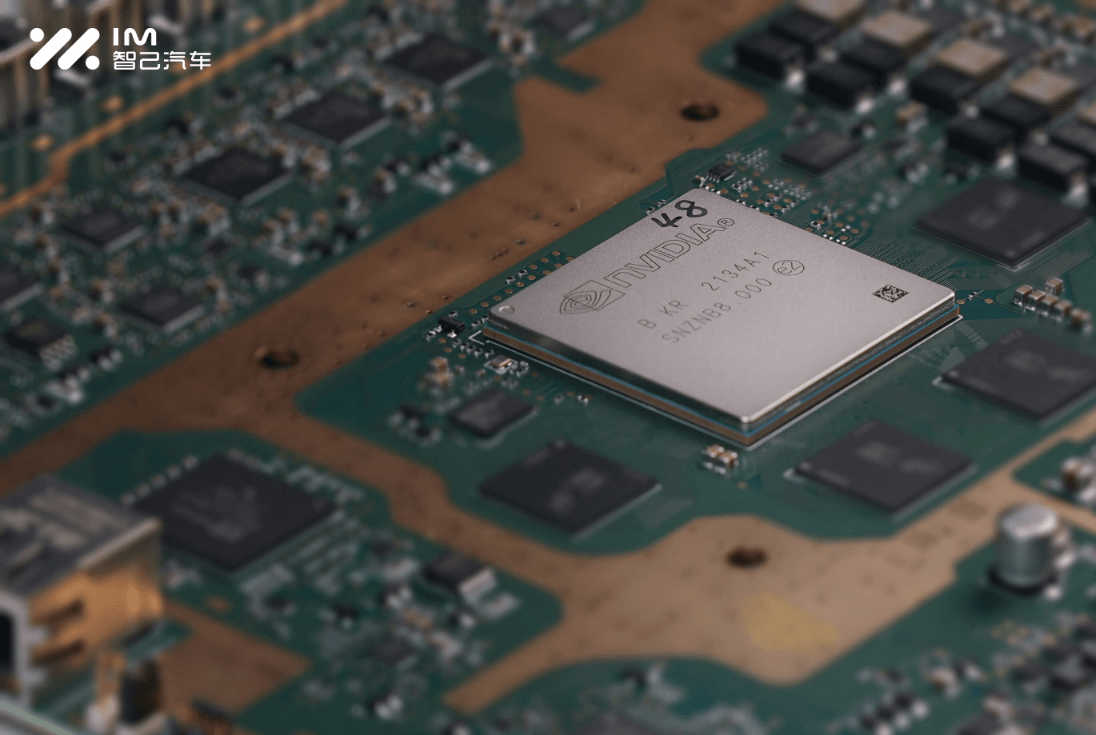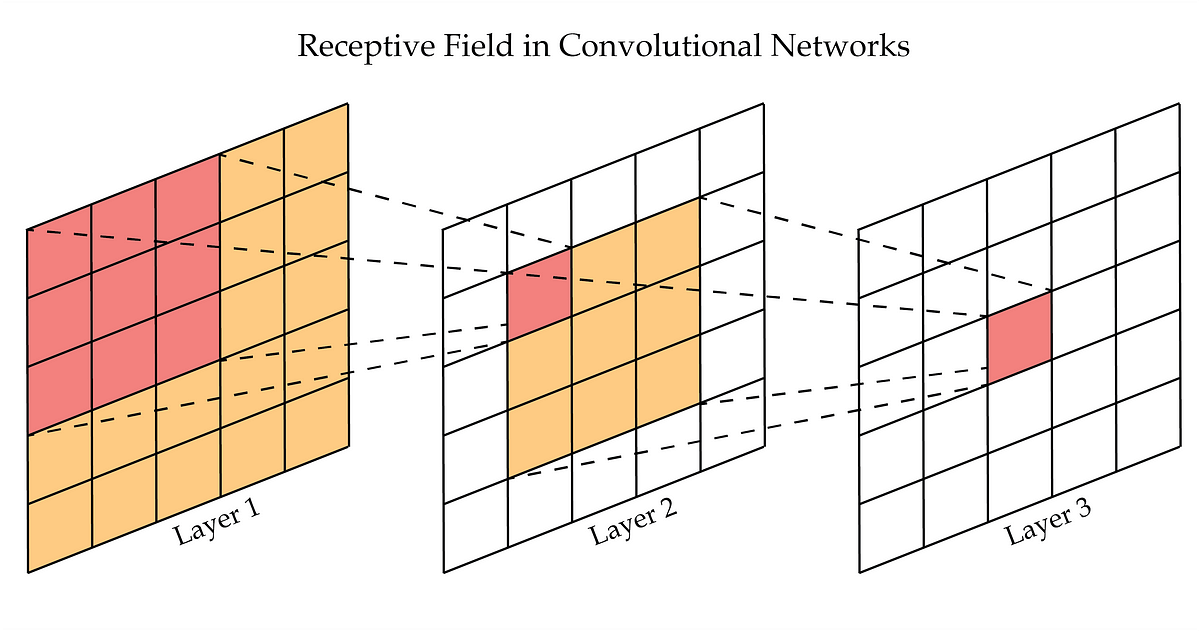- Pronouns
- He/Him
OFFICIAL STAFF COMMUNICATION
While spirited discussion is absolutely encouraged and enjoyed, there have been a few complaints about the tone of this discussion. The staff have a few key ideas we would like to vocalize to help everyone understand each other correctly and hear each other's points in the way they were intended.
- When expressing a personal view, please try your best to use language that does not present it as objective fact, or that mocks others' thoughts.
- If you are invested enough to engage in the discussion in the first place, please try to respect others' time. Even if you intend only to leave your opinion and move on, please try and back it up and with some thought. If you only have a single line sentence to share, please consider whether it will be a meaningful contribution to the discussion.
- Please try to refrain from attacking reputable news sources. We're all mature enough to engage in discussion about rumors with the understanding that inaccuracies may reveal themselves over time; changes in plans occur, and there are many variables we will never be privy to. Please let staff know if there is a legitimate problem considering a news source, such as a banned or unknown sources.
Most importantly, please try to understand and listen to each other in good faith and try your best to resolve disagreements within the context of the debate. Staff are always here to support you in instances that go further than that. If you find yourself reacting emotionally to another's comment, either bring it to the staff via the report button, or step away from the thread for a little while.
Thank you. And please keep up the great discussion!
While spirited discussion is absolutely encouraged and enjoyed, there have been a few complaints about the tone of this discussion. The staff have a few key ideas we would like to vocalize to help everyone understand each other correctly and hear each other's points in the way they were intended.
- When expressing a personal view, please try your best to use language that does not present it as objective fact, or that mocks others' thoughts.
- If you are invested enough to engage in the discussion in the first place, please try to respect others' time. Even if you intend only to leave your opinion and move on, please try and back it up and with some thought. If you only have a single line sentence to share, please consider whether it will be a meaningful contribution to the discussion.
- Please try to refrain from attacking reputable news sources. We're all mature enough to engage in discussion about rumors with the understanding that inaccuracies may reveal themselves over time; changes in plans occur, and there are many variables we will never be privy to. Please let staff know if there is a legitimate problem considering a news source, such as a banned or unknown sources.
Most importantly, please try to understand and listen to each other in good faith and try your best to resolve disagreements within the context of the debate. Staff are always here to support you in instances that go further than that. If you find yourself reacting emotionally to another's comment, either bring it to the staff via the report button, or step away from the thread for a little while.
Thank you. And please keep up the great discussion!







